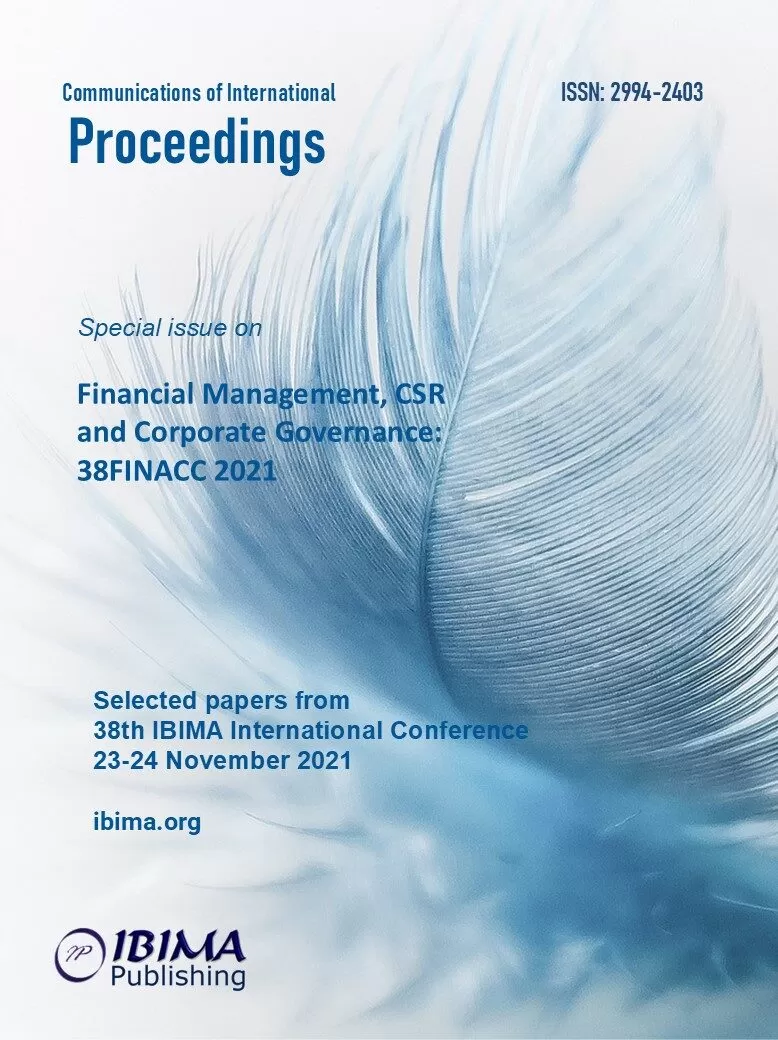
Elena HLACIUC and Florina CREȚU
Stefan cel Mare University of Suceava, Romania

At the level of economic entities, employees, internal audit, financial audit, management are the first to identify the existence of fraud, in addition to specialists in the field. Thus, the existence of a fraud can be identified by the simple fact of delaying the reporting documents, the behavior of the perpetrator of the fraud, the lack of goods or the enrichment of some employees “overnight”.
In the literature, along with the ways of directly observing the manipulation of financial statements, statistical-mathematical methods have been developed that can highlight the risk of manipulating the results through the financial statements.
The M score, developed by Beneish (1999) is a reliable tool for fraud detection, being built to support auditors in the process of detecting the risk of fraud in financial statements. A comprehensive study by Talab et al. (2017) concluded that the M score developed by Beneish and used in identifying the possibilities of accounting fraud is a reliable one. A rendering of the M-Beneish model for the Romanian economy was made in the study conducted by Robu and Robu (2013), aiming to analyze and evaluate the risk of fraud triggered by accounting manipulations at the level of companies listed on the Bucharest Stock Exchange.